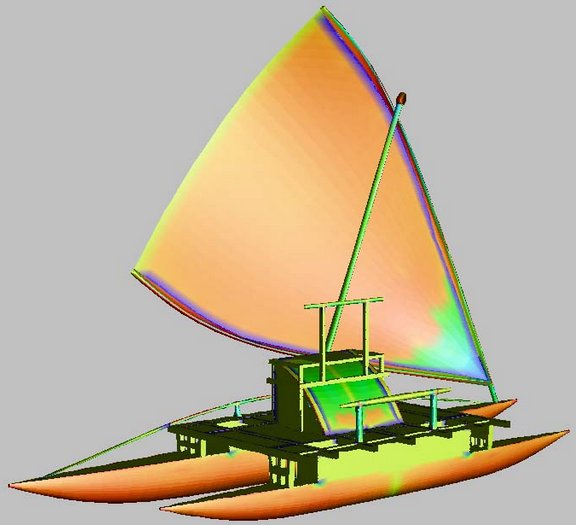Behind the 'head' (front side) of the Leo constellation we can see him 'urinating', as clearly was illustrated in this South American overview:
... There was no water in the village. The lakes and rivers were dry. Raven and Crow, two young girls who were having their first menstrual courses, were told to go and draw water from the ocean. Finding the journey too long, Raven decided just to urinate into her basket-bucket. She decieved no one and was severly scolded. Crow returned much later but with drinking water. As a punishment, Raven was condemned never to find water in the summer; only in winter would she find something to drink. For that reason the Raven never drinks during the hot months; she speaks with a raucous voice because of her dry throat ... The constellation below, formed like a quincunx but significantly without any central 'tent-pole' star, ought to be the Raven (Corvus):
... Ravens, unlike geese, loons and many other birds, do not in fact have penises - a fact recorded and accounted for in several ways in Northwest Coast mythology ... Live holothurians, when handled, have the disconcerting habit of transforming themselves suddenly from soft to hard or limp to stiff and back again. If handled enough, they will also ejaculate, disgorging their own viscera in apparent self-defence. This behavior is efficiently explained in a story Arthur Lewis told in Tsimshian to Gwüsk'aayn in the 1930s. The first holothurian, Lewis says, was the cast-off penis of the Raven ...
... Sea cucumbers have also inspired thousands of haiku in Japan, where they are called namako (ナマコ), written with characters that can be translated 'sea mice'. In English translations of these haiku, they are usually called 'sea slugs'; according to the Oxford English Dictionary, the term 'sea slug' originally referred to holothurians (in the 18th century), though biologists now use the name only for the nudibranch molluscs, marine relatives of land slugs. Almost 1,000 Japanese holothurian haiku translated into English appear in the book Rise, Ye Sea Slugs! by Robin D. Gill ... ... Rats were taboo as food for the island king and perhaps for the aristocratic Miru in general, probably because the rat was believed to be the incarnation of the spirit (kuhane) of the dead Hotu Matua. On the other hand, women were permitted to eat rats. One more reason why rats were valued was because the sinews of their tails were used by medicine men to sew up wounds. Finally, in the realm of beliefs, the rat figured in the heva cusom. If a kinsman had been murdered and the murderer was still at large, the avenger, in a state of rage, took a rat between his teeth and began to search for the murderer. Only when he had found out the name of the murderer did he let the rat, which by that time might be in a state of decomposition, fall to the ground and went and avenged the killing ... The place for Raven was at the opposite side compared to the Stag:
'Crater' means 'empty'.
Thus the empty dish held in waiting below the 'dog-star' (celestial jackal) Sirius ought to have illustrated 'dry' - with the 'brass snake' around the midline of the attendant drawn like 'a cobra in repose':
The Gemini constellation (Well) ought to be above Sirius, presumably hinted at by the circular formation of 13 stars (→ Bull's Eye) and what might be imagined as the outline of a Bow with Arrow below Corvus; here, we can see, equipped with a central star → ζ → Ziqqurat:
"The shaman climbing the 'stairs' or notches of his post or tree, pretending that his soul ascends at the same time to the highest sky, does the very same thing as the Mesopotamian priest did when mounting to the top of his seven-storied pyramid, the ziqqurat, representing the planetary spheres." (Hamlet's Mill)
Beyond the tree-climbers Monkey and Gibbon was the apex at midsummer. And 3 days later there was a source of water - hinted at by the Tapir's long flexible trunk (→ the opposite of a tree trunk) - viz. the Well (→ 'Tea-pot' → t-jug where time would be born anew). ... 'Tell us a story!' said the March Hare. 'Yes, please do!' pleaded Alice. 'And be quick about it', added the Hatter, 'or you'll be asleep again before it's done.' 'Once upon a time there were three little sisters', the Dormouse began in a great hurry: 'and their names were Elsie, Lacie, and Tillie; and they lived at the bottom of a well — '
According my assumed epoch for rongorongo this place was where Canopus (St John, Oannes, Eridu, etc) rose together with the Sun, viz. in June 24 (175 = 350 / 2).
... On Easter Island they had their seasons 'upside down' compared to the normal view north of the equator. Therefore they probably consulted such stars which could be seen to culminate around 21h in August 12. ... Allen has documented all his star culminations at 21h, which should be due to an effort of keeping the culminations at their proper places according to the ancients, 24h (spring equinox) - 21h = 3h = 24h / 8 = 45º. 3h corresponds to 366 / 8 = 45.75 of my right ascension days and *366 - *46 = *320 (Dramasa, σ Octantis) ... Although Vega was too far in the north for observation they could perceive Alphekka Meridiana (α Corona Australis), which was at the Sun in January 5 and culminated in the night after Vega:
The word Al-phekka means 'Dish' - a plate (place) waiting below the source. This name was borrowed from α Corona Borealis (also known as Gemma).
"Alphecca, the Alphaca of Burritt' Atlas of 1835, was Ulug Beg's Al Nāir al Fakkah, the Bright One of the Dish, this Nāir being equivalent to the Latin word lucida." (Allen)
... In other words, the ancient Druidic religion based on the oak-cult will be swept away by Christianity and the door - the god Llyr - will languish forgotten in the Castle of Arianrhod, the Corona Borealis. This helps us to understand the relationship at Rome of Janus and the White Goddess Cardea who is ... the Goddess of Hinges who came to Rome from Alba Longa. She was the hinge on which the year swung - the ancient Latin, not the Etruscan year - and her importance as such is recorded in the Latin adjective cardinalis - as we say in English 'of cardinal importance - which was also applied to the four main winds; for winds were considered as under the sole direction of the Great Goddess until Classical times ...
... 'I wan't a clean cup', interrupted the Hatter: 'let's all move one place on.' He moved as he spoke, and the Dormouse followed him: the March Hare moved into the Dormouse's place, and Alice rather unwillingly took the place of the March Hare. The Hatter was the only one who got any advantage from the change; and Alice was a good deal worse off than before, as the March Hare had just upset the milk-jug into his plate ... ... From Nunki (the Star of the Proclamation of the Sea) to Alphekka Meridiana there were only *290 - *288 = 2 days.
... Eridhu, or Eri-duga, the Holy City, Nunki, or Nunpe, one of the oldest cities in the world, even in ancient Babylonia, was that kingdom's flourishing port on the Persian Gulf, but, by the encroachment of the delta, its site is now one hundred miles inland. In its vicinity the Babylonians located their sacred Tree of Life ... ... the bird, being sent with a cup for water, loitered at a fig-tree till the fruit became ripe, and then returned to the god with a water-snake in his claws and a lie in his mouth, alleging the snake to have been the cause of the delay. In punishment he was forever fixed in the sky with the Cup and the Snake; and, we may infer, doomed to everlasting thirst by the guardianship of the Hydra over the Cup and its contents. From all this came other poetical names for our Corvus - Avis Ficarius, the Fig Bird; and Emansor, one who stays beyond his time; and a belief, in early folk-lore, that this alone among birds did not carry water to its young ... According to Manuscript E the explorer named Nonoma (presumably referring to Jupiter) was out urinating in the night when the Royal Double Canoe reached Easter Island:
... The canoes of Ava Rei Pua and of Hotu were seen near the (off-shore) islets. On the fifteenth day of the month of October (tangaroa uri) the canoe of Hotu and the canoe of Ava Rei Pua landed. On the fifteenth day of the month of October (tangaroa uri), Nonoma left the house during the night to urinate outside. At this point Ira called out to Nonoma, 'Look at the canoe!' Nonoma ran, he quickly went to Te Hikinga Heru (a ravine in the side of the crater Rano Kau) and looked around. There he saw the double canoe way out near the (offshore) islets, and the two (hulls of the canoe) were lashed together. He ran and returned to the front of the house. He arrived and called into the house: 'Hey you! This canoe has arrived during the night without our noticing it!' Ira asked Nonoma, 'Where is the canoe, which you say is lying out there (in the water)?' Nonoma's voice came back: 'It is out there (in the water) close to the (offshore) islets! There it lies, and the two (hulls) are lashed together.' The four of them (corrected for 'the six of them') went out and picked up leaves (on branches) to give signals. They picked them up, went and arrived at Te Hikinga and saw the canoe. Raparenga got up, picked up the leaves, took them in his hands, and waved, waved, waved, waved ... [E:75]
|
|||||||||||||||||||||||||||||||||||||||||||||||||||||||||||||||||||||||||||||||||||||||||||||||||||||||||||||||||||||||||||||||||||||||||||||||||||||||||||||||||||||||||||||||||||





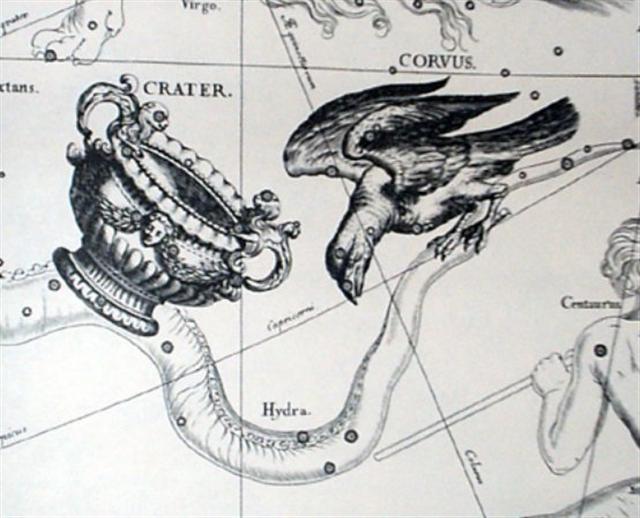





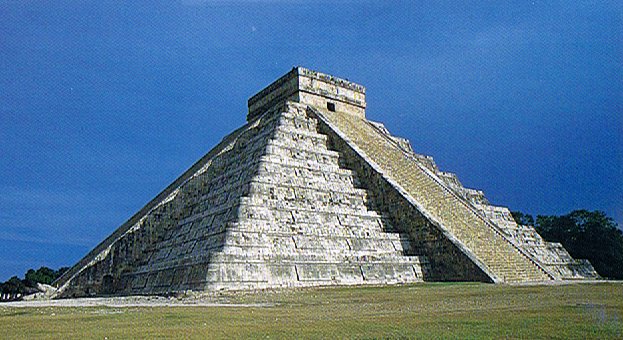

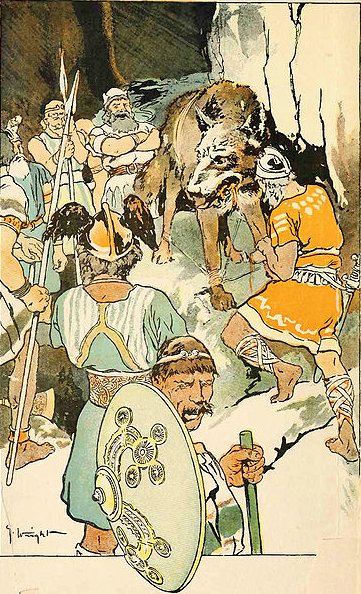
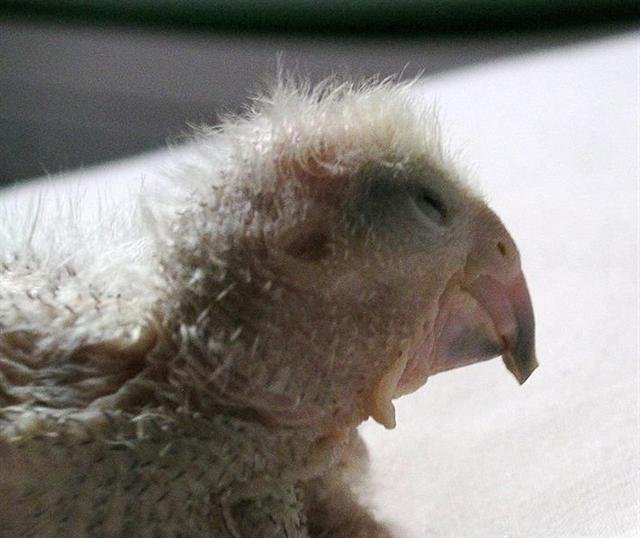

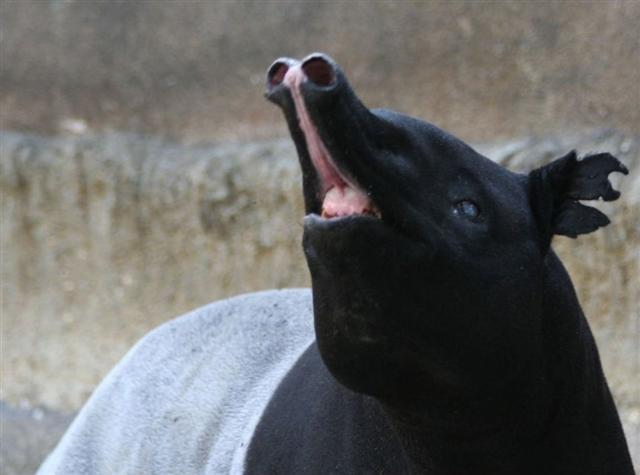


.jpg)

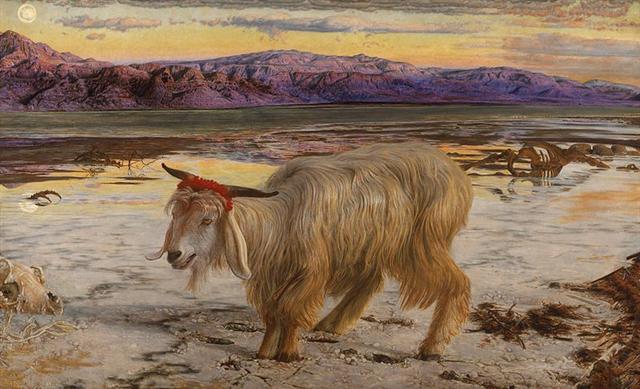

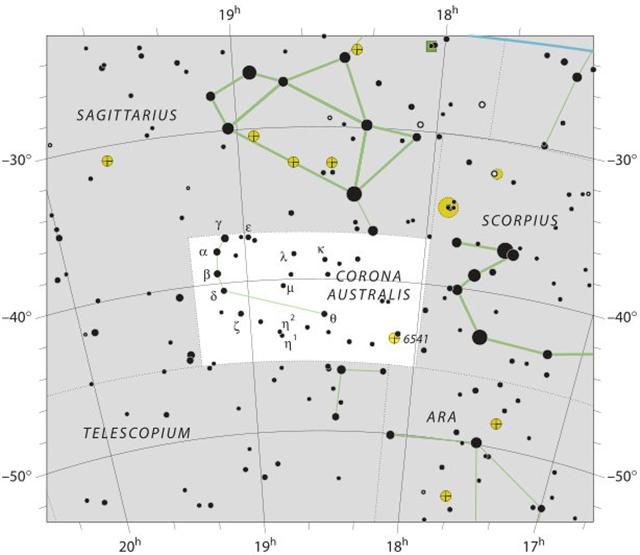
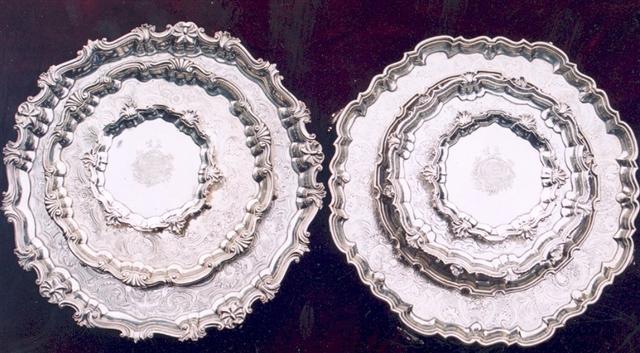

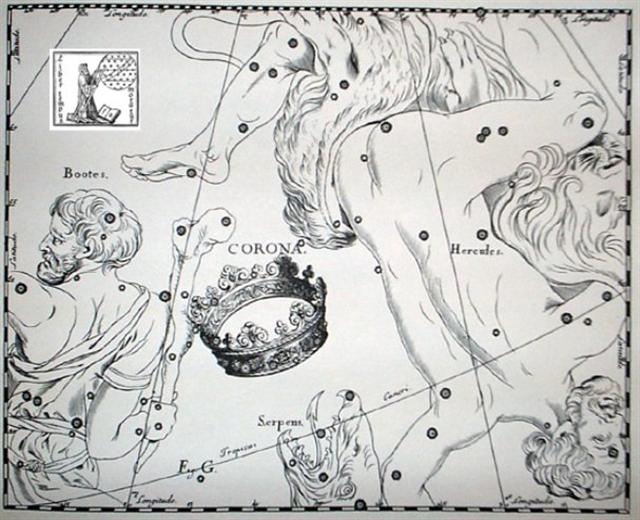

.jpg)
